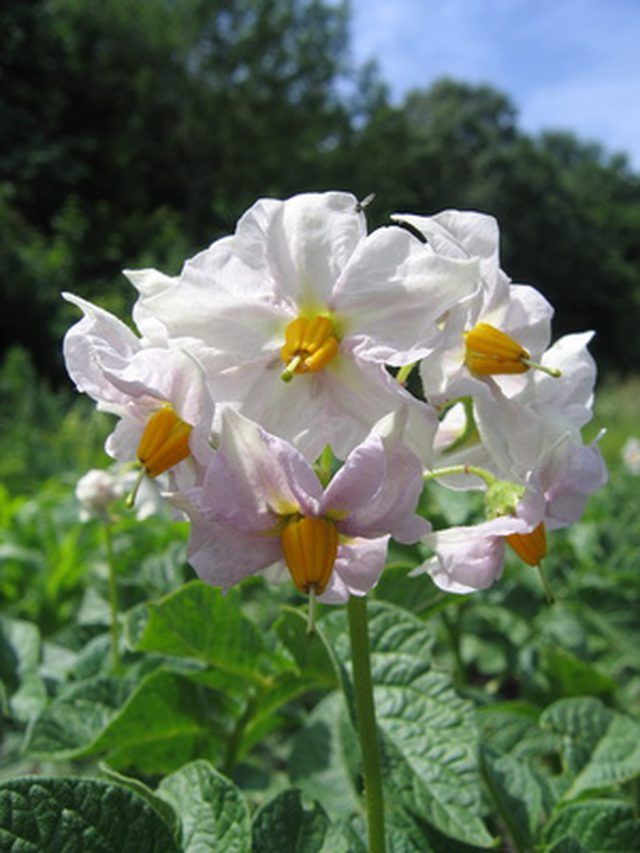Bulbs
Flower Basics
Flower Beds & Specialty Gardens
Flower Garden
Garden Furniture
Garden Gnomes
Garden Seeds
Garden Sheds
Garden Statues
Garden Tools & Supplies
Gardening Basics
Green & Organic
Groundcovers & Vines
Growing Annuals
Growing Basil
Growing Beans
Growing Berries
Growing Blueberries
Growing Cactus
Growing Corn
Growing Cotton
Growing Edibles
Growing Flowers
Growing Garlic
Growing Grapes
Growing Grass
Growing Herbs
Growing Jasmine
Growing Mint
Growing Mushrooms
Orchids
Growing Peanuts
Growing Perennials
Growing Plants
Growing Rosemary
Growing Roses
Growing Strawberries
Growing Sunflowers
Growing Thyme
Growing Tomatoes
Growing Tulips
Growing Vegetables
Herb Basics
Herb Garden
Indoor Growing
Landscaping Basics
Landscaping Patios
Landscaping Plants
Landscaping Shrubs
Landscaping Trees
Landscaping Walks & Pathways
Lawn Basics
Lawn Maintenance
Lawn Mowers
Lawn Ornaments
Lawn Planting
Lawn Tools
Outdoor Growing
Overall Landscape Planning
Pests, Weeds & Problems
Plant Basics
Rock Garden
Rose Garden
Shrubs
Soil
Specialty Gardens
Trees
Vegetable Garden
Yard Maintenance
Facts About Peru Native Flowers
Facts About Peru Native Flowers. The South American nation of Peru boasts a wealth of flowers. Peru's most famous export to the rest of the world is the potato, which was first grown on the Andes Mountains. Marie Antoinette of France used to wear potato flowers in her hair as decoration. But potatoes are just one of the many flowering...

The South American nation of Peru boasts a wealth of flowers. Peru's most famous export to the rest of the world is the potato, which was first grown on the Andes Mountains. Marie Antoinette of France used to wear potato flowers in her hair as decoration. But potatoes are just one of the many flowering plants of this country.
Orchids
A popular houseplant around the world, orchids grow naturally in some of the wetter areas of Peru. Recognizable for their delicate shapes, orchids come in all sizes and colors. The San Martin area of Peru is known as "Land of the Orchids" because of its many varietals, including Anguloa, Cattleya, Bollea, Coryanthes, Lycaste and more.
Puya Raimondi
This endangered flower has the strange characteristic of only flowering once every 100 years. It can grow up to very large sizes, and can be seen in HusacarAn National Park, in the department of Ancash. Finding these flowers in the wild is nearly impossible.
Cantuta
The national flower of Peru is a bell-shaped pink flower called the Cantuta. A favorite flower of the Incas, the name is derived from their indigenous language. It grows mostly in the Mantaro Valley in the department of JunIn.
Potato
When people think of the potato, most think of the edible tuber, not the flower. But a field of potatoes flowering in the Andes is a sight to see. The potato flowers with small, delicate white flowers. The potato is Peru's most famous export to the rest of the world.
Sapote
Sometimes spelled "zapote," this fleshy fruit grows all over Latin America, and produces small white flowers. Different kinds of zapote are native to different countries--the Mexican black-fleshed zapote is very distinctive--but in Peru the most common kind is the so-called South American Sapote.